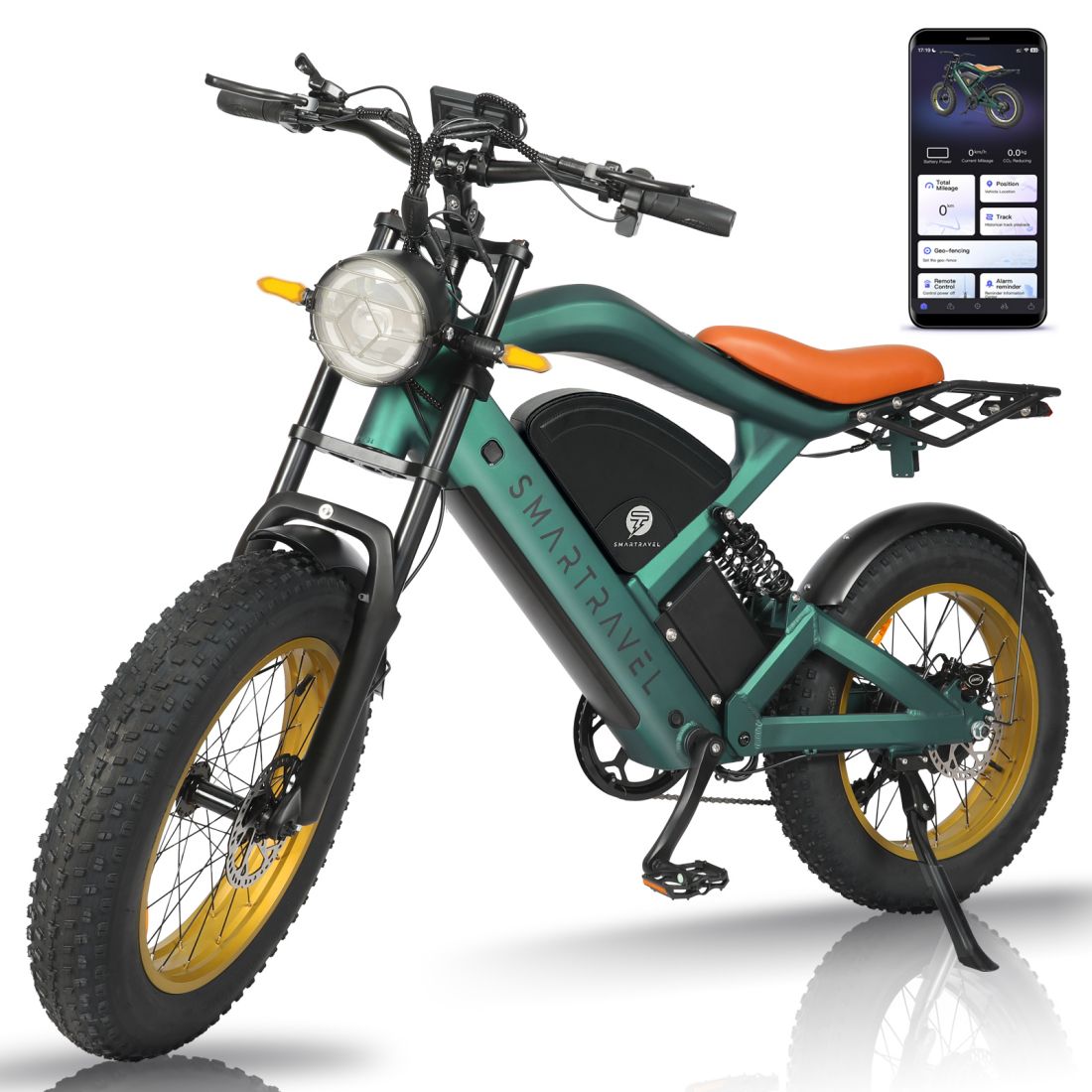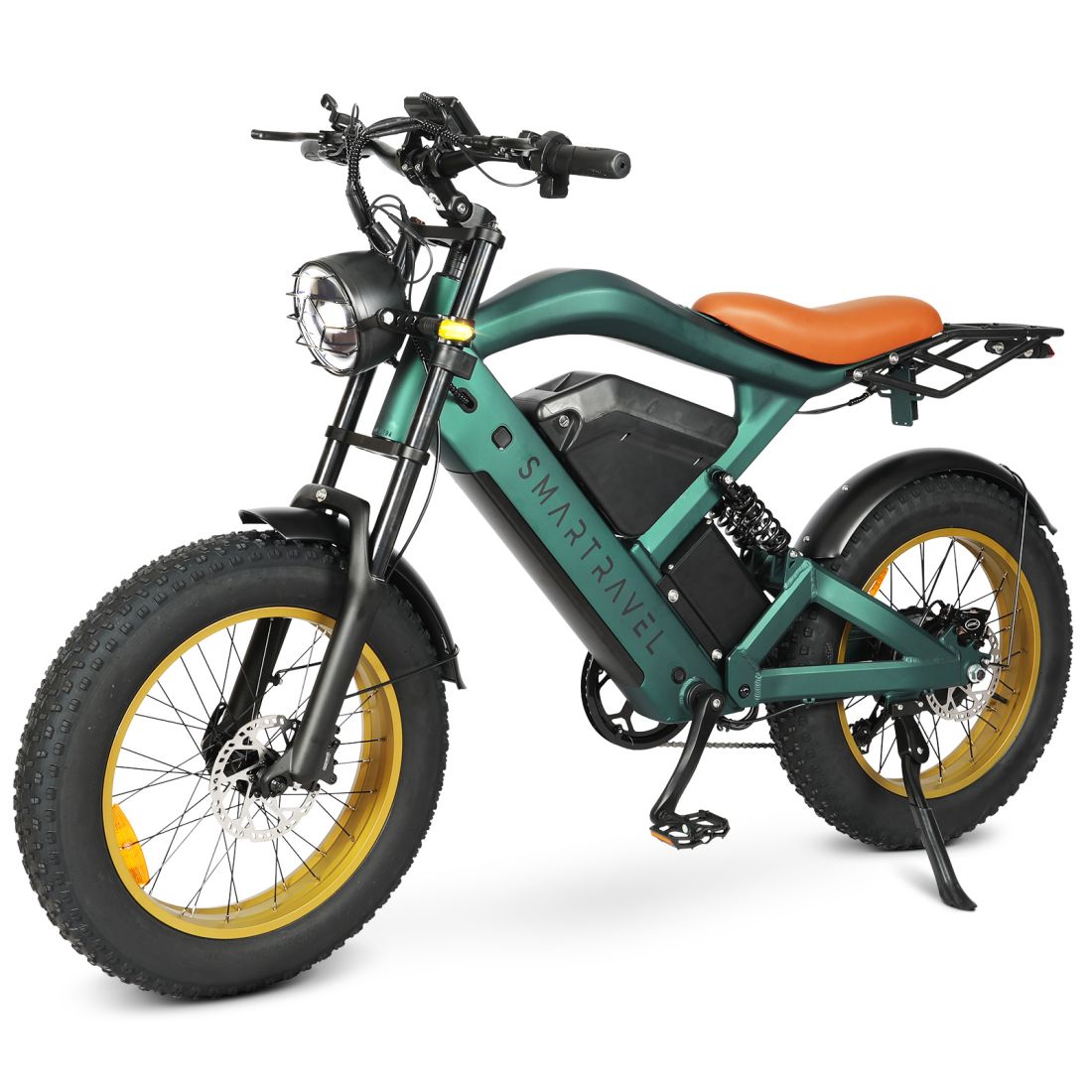What Is Class 1,Class 2, And Class 3 e-Bike

E-bikes are classified into three main categories based on their features and how they assist the rider. Here are the key differences among Class 1, Class 2, and Class 3 e-bikes:
Class 1 E-Bikes
Assistance Type: Pedal-assist only; the motor activates only when the rider is pedaling.
Speed Limit: Assistance stops at 20 mph (32 km/h).
Usage: Allowed on most bike paths and trails.
Regulations: Generally has fewer restrictions, making it widely accepted in various locations.
Class 2 E-Bikes
Assistance Type: Throttle-assisted; the motor can propel the bike without pedaling.
Speed Limit: Assistance stops at 20 mph (32 km/h).
Usage: May have more restrictions compared to Class 1, depending on local laws.
Regulations: Some areas may not allow Class 2 e-bikes on certain bike paths.
Class 3 E-Bikes
Assistance Type: Pedal-assist only; the motor activates only when pedaling, similar to Class 1.
Speed Limit: Assistance stops at 28 mph (45 km/h).
Usage: Often restricted from bike paths and multi-use trails, but allowed on roads.
Regulations: May require specific licensing or registration in some regions.

Summary
Class 1: Pedal-assist, max speed 20 mph, widely accepted.
Class 2: Throttle assist, max speed 20 mph, may have path restrictions.
Class 3: Pedal-assist, max speed 28 mph, typically road use only.




















